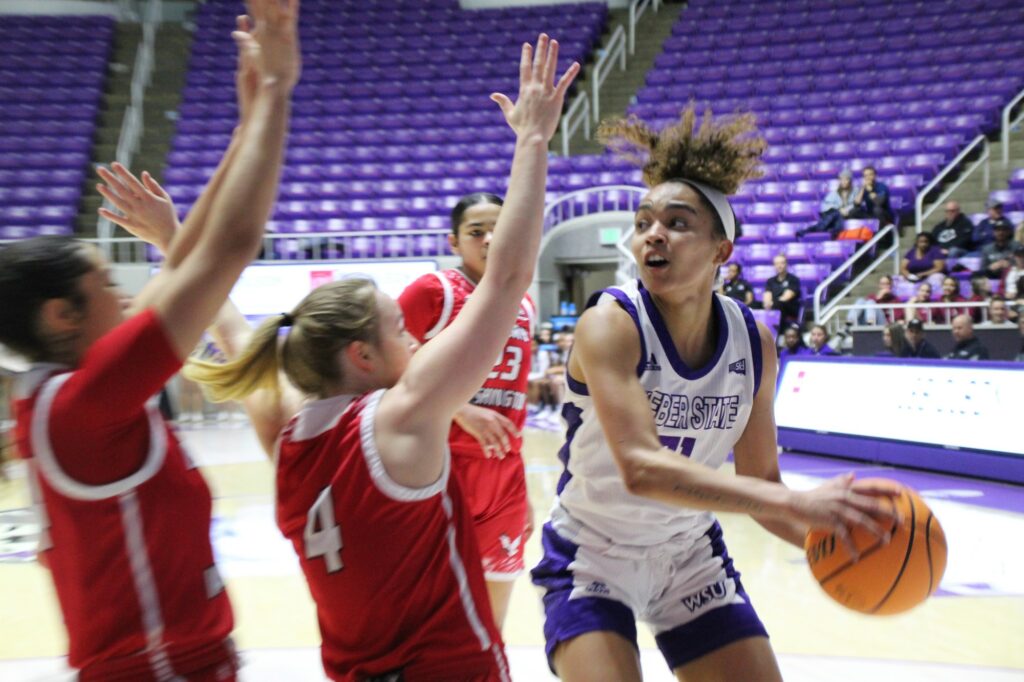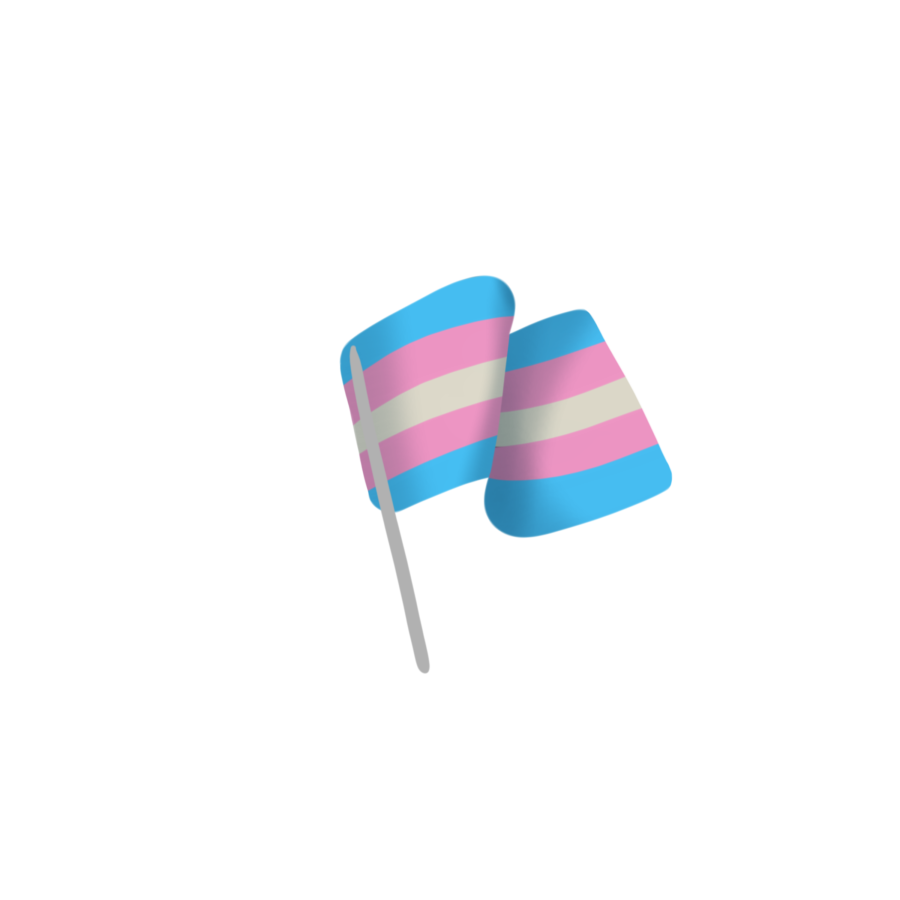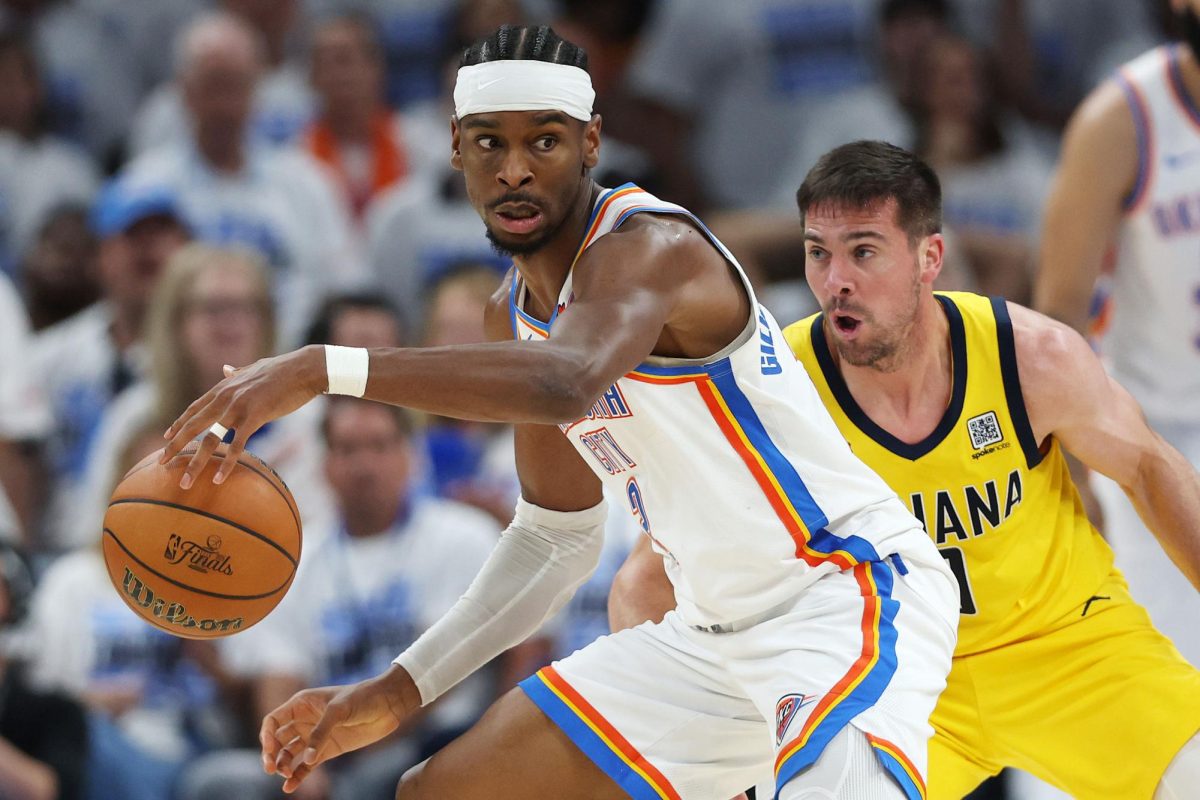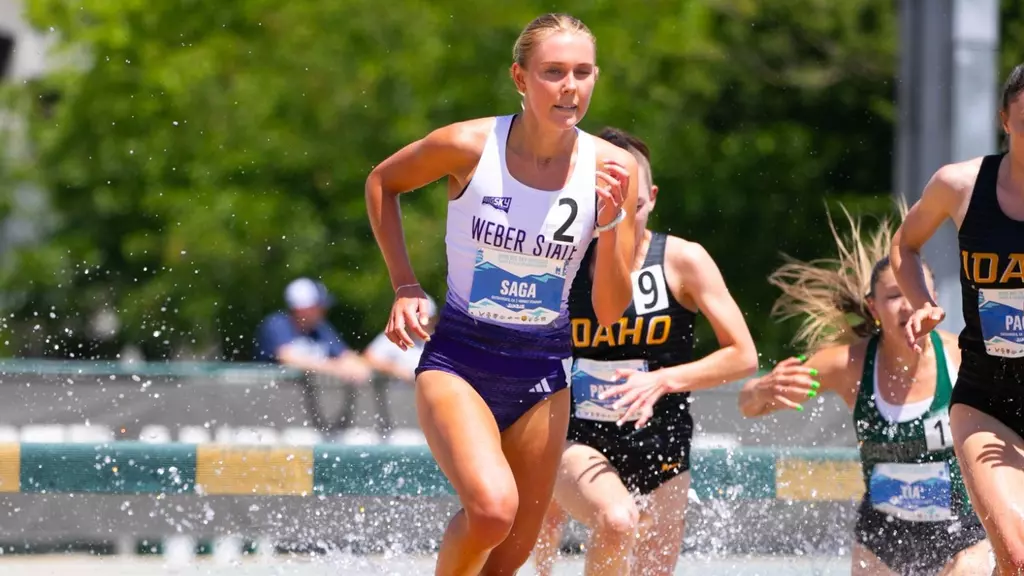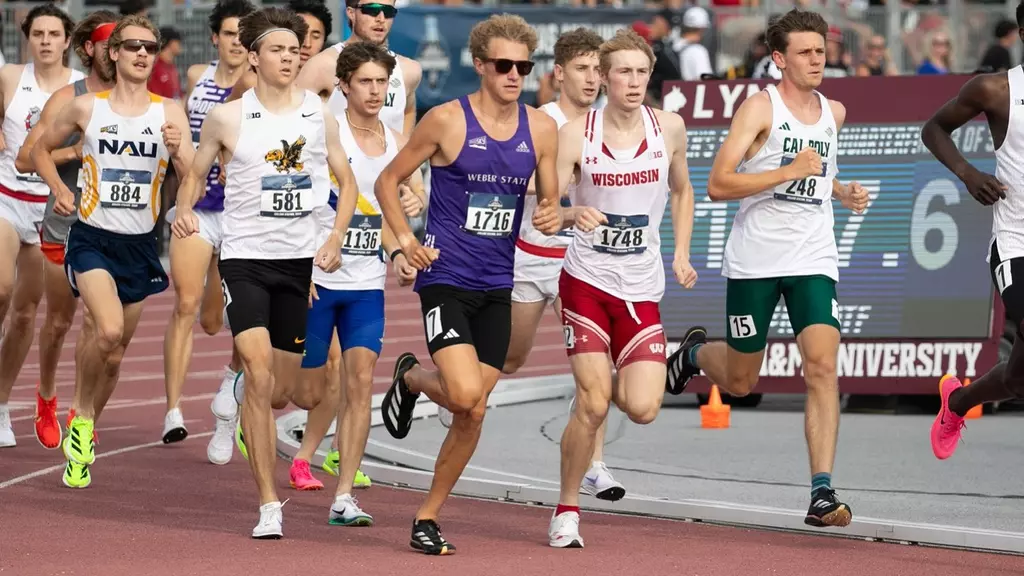Title IX, a landmark federal law dealing with equality for women in higher education, was created to provide a level playing field for female athletes. But 50 years after its passage, women’s sports at Weber State University get just over half of what men’s sports receive in resources.
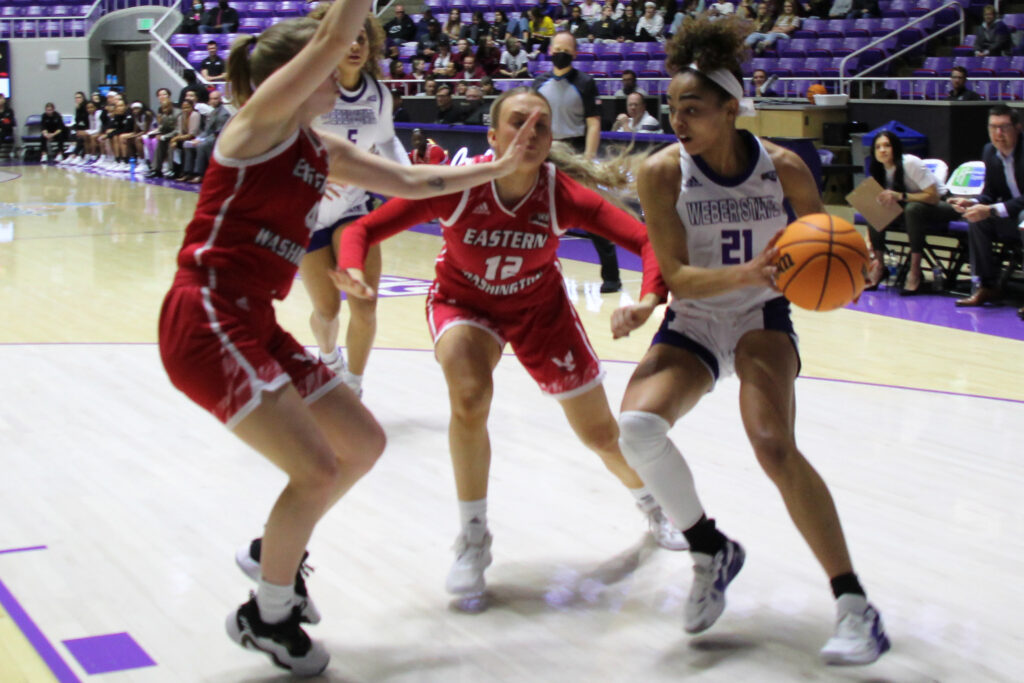
In 2018-19, Weber State University’s total expenses for football was $3,986,758, $1,930,140 for men’s basketball and $1,107,780 for women’s basketball. The rest of Weber State’s NCAA teams spent $4,542,555 combined.
On average, Weber State University gives out $10,336 annually to male student athletes for financial aid compared to $9,511 for female student athletes.
The average salary of a men’s head coach at Weber State University is $165,25, compared to $64,460 for a female head coach, meaning the average salary is nearly doubled for men’s head coaches.
“If you take the budget numbers between the men’s and women’s teams and see that there is a gap, that isn’t necessarily enough to prove that it is a violation of any Title IX requirement,” Laura Thompson, executive director of affirmative action and equal opportunity, said.
Some of the budget differences can be accounted for in the amount of players on each team. There are 106 players on Weber State University’s football team, compared to 16 players on the men’s basketball team and 14 players on the women’s basketball team. The total number of athletes on the men’s golf team is even less, with 11 total players compared to 12 athletes on the women’s golf team.
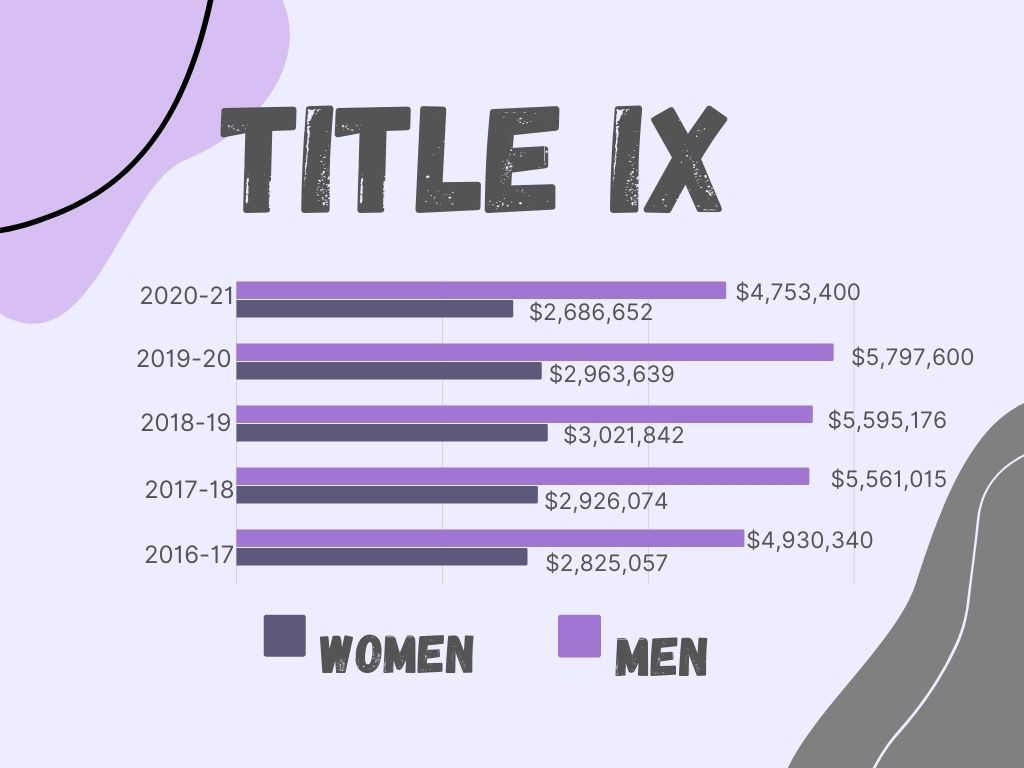
Title IX focuses on three prongs to ensure equitable opportunities for male and female athletes.
The first is creating equitable participation opportunities, but this does not mean there needs to be a men’s and women’s team for every sports. This is calculated by looking at the proportionality of sports opportunities to the percentage of each gender on campus.
Second is taking a deeper look at if women are not being equally represented in sports. If the institution is taking steps to remedy it, the school remains in accordance with Title IX.
The third prong is addressing the interest of the students. Universities don’t have to create sports teams if the student interest of participation is being met with the current sports that are offered.
Will Pridemore is the associate athletics director for student-athlete support services at Weber State University and makes sure student athletes are supported.
“For Weber State, the question would be, is this being met specifically for females? Since Weber State is in the Big Sky Conference, do they offer any sports that Weber State doesn’t currently offer?” Pridemore said. “As of today, that is not the case.”
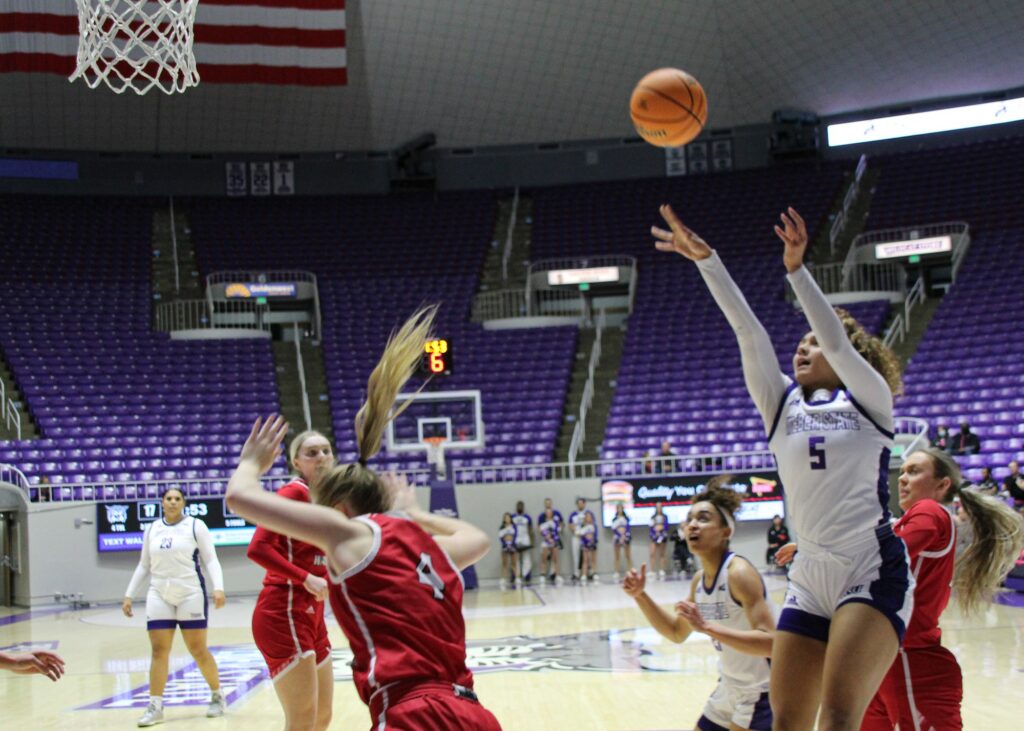
According to the Weber State athletic budgets from 2017-21, however, there is a discrepancy in the total dollar amounts that each men’s sports receives and what each women’s sports receives. The men’s athletic teams received 66.17% of the total athletic budget in 2019-20 and 63.89% in 2020-21.
Each year, Weber State University spends $14,901,150 on all 16 NCAA teams, and 27% of that money goes to the football team.
With the football team’s athletic budget being the highest at Weber State University, the total athletic budget trumped every other men’s and women’s sport with an actual amount of $2,937,713.
“It is not always going to be about the money, because the cost of equipment for the football team is going to be more expensive than the equipment for the women’s soccer team. As far as equality goes, is Weber State giving the same amount of quality concerning equipment for every athletic team?” Veronica O’Brien, senior academic coordinator for basketball, soccer and tennis at Weber State, said.
The Javits Amendment defines the potential and legitimate discrepancies in sports, including equipment, as O’Brien mentioned.
But the budget for the men’s and women’s basketball teams still differ, despite the relatively equal equipment needs. In 2020-21 alone, the men’s basketball team’s actual budget was $1,465,190 compared to an actual budget of $850,513 for the women’s basketball team.
Velaida Harris, the head women’s basketball coach at Weber State University, has a unique perspective on Title IX because before she was the head coach at Weber State, she was a coach at the University of Oregon and the University of Utah, both of which are in the Pac-12 conference.
“Because of Title IX being passed, it has given equal opportunities for men’s and women’s athletics, and a lot of women’s athletic teams have taken advantage of that,” Harris said. “It doesn’t matter where athletes end up. The most important thing to me is making sure that all of my current and incoming athletes have an equal playing field.”
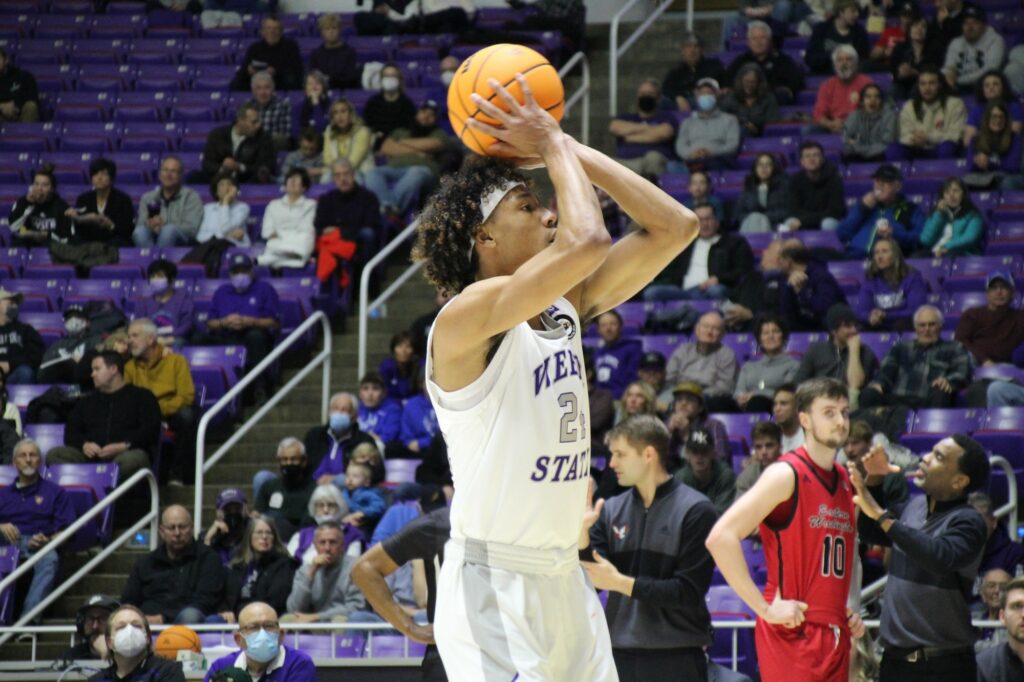
Part of Title IX has to do with attendance numbers, and anybody who has gone to a men’s or women’s basketball game at Weber State has noticed the stark difference of fans in attendance.
“I think there are different fan bases for both the men’s and women’s teams, as well as a fanbase for sports in general,” Harris said.
Harris went on to mention how she thinks the overall success of each team is related to attendance numbers.
“The men’s team has been consistently successful for a number of years now, and the women’s team had a coach for 20 years that had her fanbase, and so when she left, the team had to start over,” Harris said.
The athletic department handles the majority of equity issues and the NCAA requirements.
“Title IX involves looking at things like, are we providing a stadium for the football team, but not the women’s softball team? Equality is more than the dollar amount,” O’Brien said. “Another example of equality is if the football team went to a fancy restaurant and the women’s tennis team went to McDonald’s instead.”
